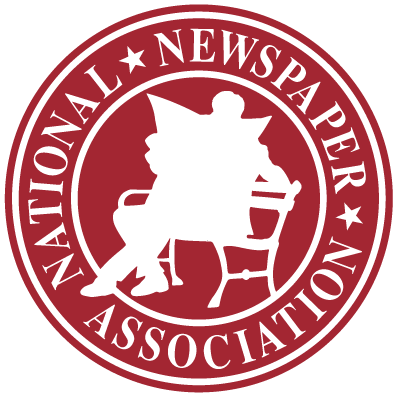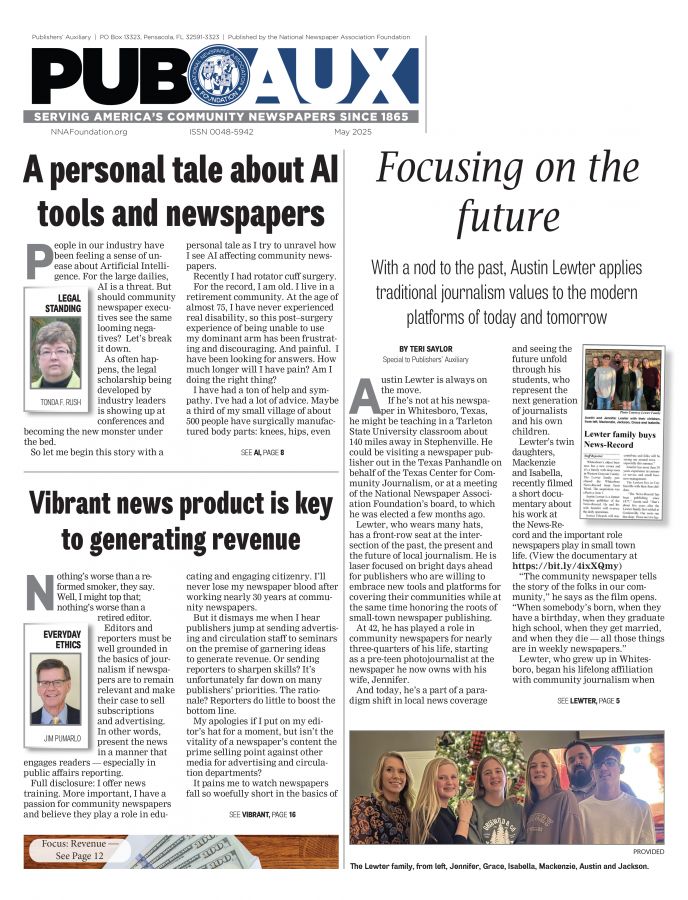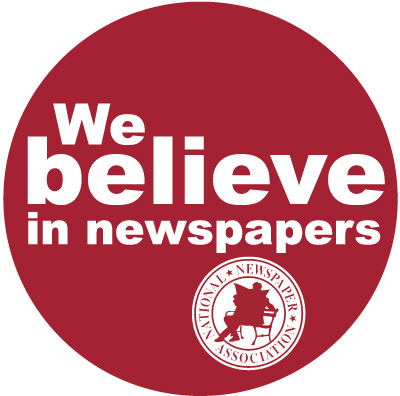God goes back to public school
Sep 6, 2012
FOR IMMEDIATE RELEASE – PUBLISHABLE ANYTIME – SEPT. 6-13, 2012
Inside the First Amendment
By Charles C. Haynes
First Amendment Center
Millions of kids return to school this week – and, contrary to culture-war rhetoric, most of them won’t leave their faith at the schoolhouse door.
As classes get under way, public school students across America will form religious clubs, pray together in their free time, distribute religious literature to classmates, share their religious convictions in class discussions and in many other ways belie the myth of the “godless public schools.”
Many teachers, meanwhile, are gearing up to teach about religions in various history and literature classes. State standards, especially in the social studies, now require that students learn something (and, in some states, a considerable amount) about the major faith traditions.
This much religion in schools may strike some readers as surprising and new. But God hasn’t come back into public education overnight.
In fact, it has taken more than two decades for student religious expression and study about religions to return, slowly but steadily, to public schools – owing to court decisions, legislation, and broadly supported guidelines issued by religious, educational and civil liberties groups. (Download consensus guidelines from Finding Common Ground at www.religiousfreedomeducation.org)
Considering the slow pace of most changes in public education, the high level of inclusion of religion in only 20 years is nothing less than a quiet revolution.
Of course, the return of religion to public schools doesn’t mean that all schools are getting religion right.
Two weeks ago, I visited a school district in Michigan that remains mostly silent about religion in its policies and practices. As a result, the school climate suffers in this religiously diverse community. In a recent survey of students, for example, every Muslim student reported having been harassed because of his or her faith.
In districts still afraid to deal with religion, religious diversity remains the ignored diversity. Administrators and teachers are unsure how to deal with student requests for religious accommodation and often mistakenly discourage student religious expression that is protected by the First Amendment.
On the opposite end of the spectrum, I recently received an e-mail from an employee of a California public school who complained about a mandatory school assembly that included proselytizing and prayers led by a local pastor. School officials in this district apparently haven’t gotten the memo explaining that school-sponsored religious practices are unconstitutional.
Although increasingly rare, pockets of schools (especially in the rural Southeast) continue to defy the law by promoting religion through religious-themed assemblies, teacher-led prayer, distribution of Bibles in classrooms and other unconstitutional practices. Only when some courageous parent or student finally speaks up does the offending school begin to clean up its act.
But here’s the good news: Growing numbers of school officials across America understand and apply the First Amendment when addressing the role of religion in their schools.
In public schools that get it right, teachers and administrators uphold religious freedom by remaining neutral toward religion while simultaneously protecting the right of students to express their faith within the framework established by current law.
By modeling the First Amendment arrangement in religious liberty – no establishment, but free exercise – schools prepare students to live and work together as citizens of one nation with people of all faiths and none.
In other words, getting religion right in schools matters because getting religious freedom right in America matters.
Charles C. Haynes is director of the Religious Freedom Education Project at the Newseum, 555 Pennsylvania Ave., N.W., Washington, D.C., 20001. Web: firstamendmentcenter.org. E-mail: chaynes@freedomforum.org.







